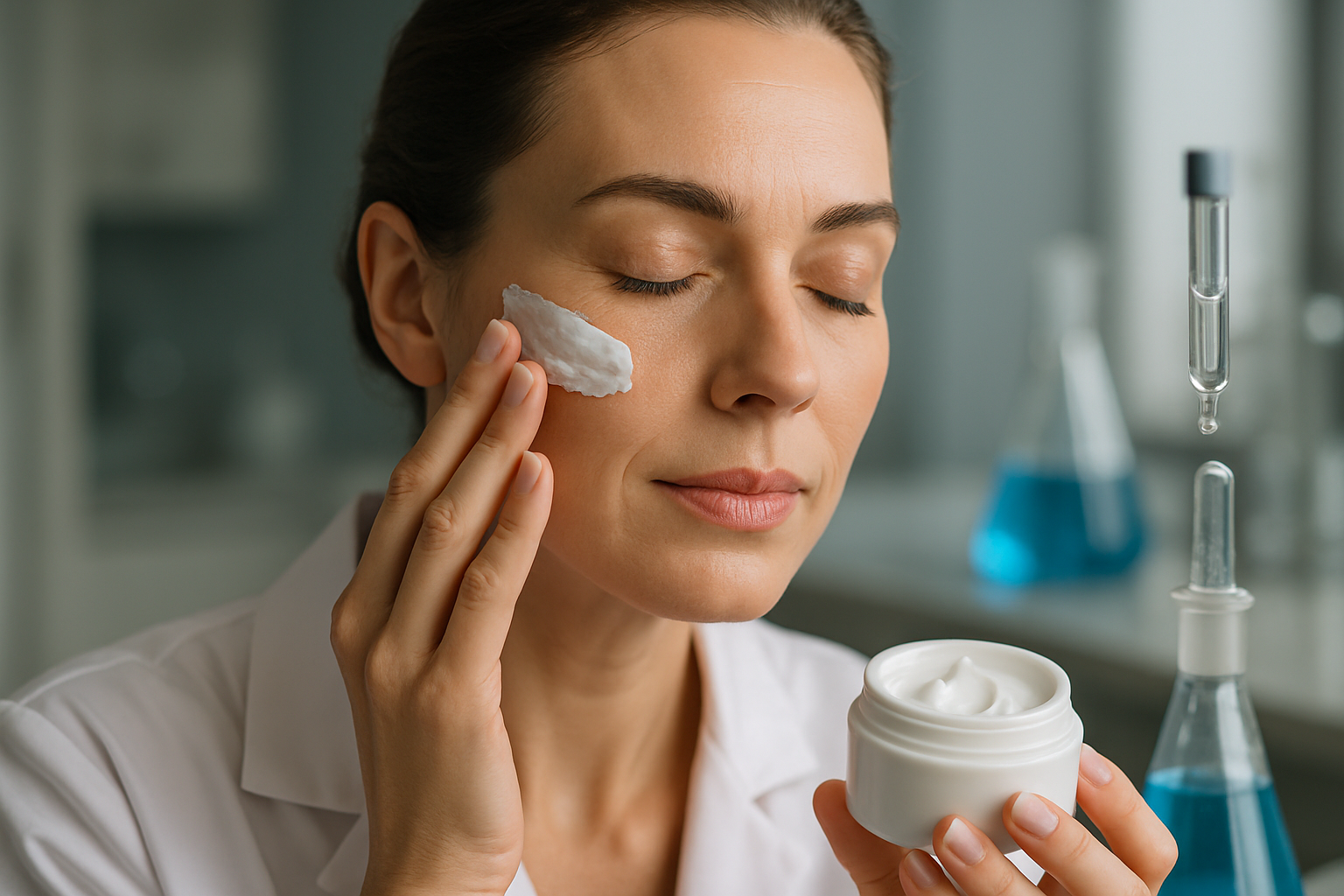Integrating Consumer Feedback with Scientific Skin Assessments
Combining consumer feedback with objective skin assessments helps brands and clinicians understand product performance in real settings. This article outlines methods for linking qualitative reports with dermatological testing to improve formulation, routine guidance, and personalization strategies.

Integrating firsthand consumer reports with structured scientific skin assessments creates a fuller picture of how serums, moisturizers, and sunscreen perform across diverse routines. Consumer language often highlights textures, immediate comfort, and perceived results, while laboratory and clinical testing provide measurable endpoints such as hydration, transepidermal water loss, and irritation markers. Bridging these perspectives supports clearer product claims, more relevant formulation choices, and improved user guidance without overstating outcomes.
This article is for informational purposes only and should not be considered medical advice. Please consult a qualified healthcare professional for personalized guidance and treatment.
skincare: how to collect meaningful feedback
Collecting consumer feedback goes beyond star ratings. Structured surveys, guided diary studies, and photo journals let users report routine details, frequency of use, and concurrent cosmetics. Asking about specific product categories—serums, moisturizers, sunscreen—helps isolate which items influence outcomes. Qualitative prompts (how did your skin feel after application?) combined with short quantitative scales (1–10 for irritation, dryness, or glow) make responses easier to analyze. Recruiting panels that reflect age, skin type, and geography improves relevance for local services and global launches.
ingredients: linking perception to formulation
Users often cite ingredients—vitamin C, retinoids, hyaluronic acid—when describing effects. Scientific assessments can validate whether those ingredients deliver expected benefits under real-world conditions. Chemical assays, stability testing, and release profiles reveal how formulation choices affect bioavailability. Correlating ingredient presence with consumer-reported outcomes helps R&D teams prioritize components that balance efficacy, tolerability, and sustainability. Clear ingredient communication also reduces mismatch between expectation and experience.
personalization: turning data into tailored routines
Combining survey responses with objective measures enables personalization of skincare and cosmetics routines. Algorithms or clinician-guided decision trees can suggest serums or moisturizers based on reported concerns, dermatology evaluations, and simple at-home tests. Personalization considers skin type, sensitivity, and lifestyle factors such as sun exposure—informing sunscreen selection and application frequency. Ongoing feedback loops refine recommendations as users report results, making routines more responsive and reducing trial-and-error.
dermatology: integrating clinical assessments
Clinical assessments add standardized metrics like lesion counts, erythema scoring, or corneometry. When aligned with consumer feedback, dermatology exams can confirm or contextualize subjective reports of irritation, improvement, or stagnation. Collaborative studies where clinicians collect baseline data, then monitor changes as users follow a routine, enable clearer interpretation of product impact. This alignment supports safe recommendations for active ingredients and flags potential adverse effects earlier.
testing: combining lab and lived-experience methods
Laboratory testing—microbiome analysis, barrier function testing, and photostability studies—provides controlled evidence of how formulations behave. Field testing complements labs by revealing how environmental factors, concurrent product use, and user application habits influence outcomes. Hybrid study designs that include both standardized tests and real-world monitoring (wearable sensors, photo submissions, or daily logs) produce richer datasets. These approaches improve the reliability of claims while honoring consumer-reported experiences.
sustainability: consumer priorities and formulation impact
Sustainability is increasingly part of consumer feedback. Users may report preferences for recyclable packaging, clean ingredients, or ethical sourcing in addition to efficacy. Scientific assessments can include lifecycle analyses and green formulation reviews to measure environmental impact. Integrating those findings with consumer sentiment helps brands and formulators make choices that align with values without compromising product performance. Transparent communication about formulation trade-offs maintains trust and supports informed decisions.
Conclusion Integrating consumer feedback with scientific skin assessments yields a multidimensional view of how products perform across populations and conditions. Combining qualitative reports, structured surveys, clinical metrics, and laboratory testing informs formulation decisions, refines routine guidance, and supports personalization. When applied thoughtfully, this approach enhances understanding of serums, moisturizers, sunscreen, and other cosmetics while addressing ingredients and sustainability considerations.





